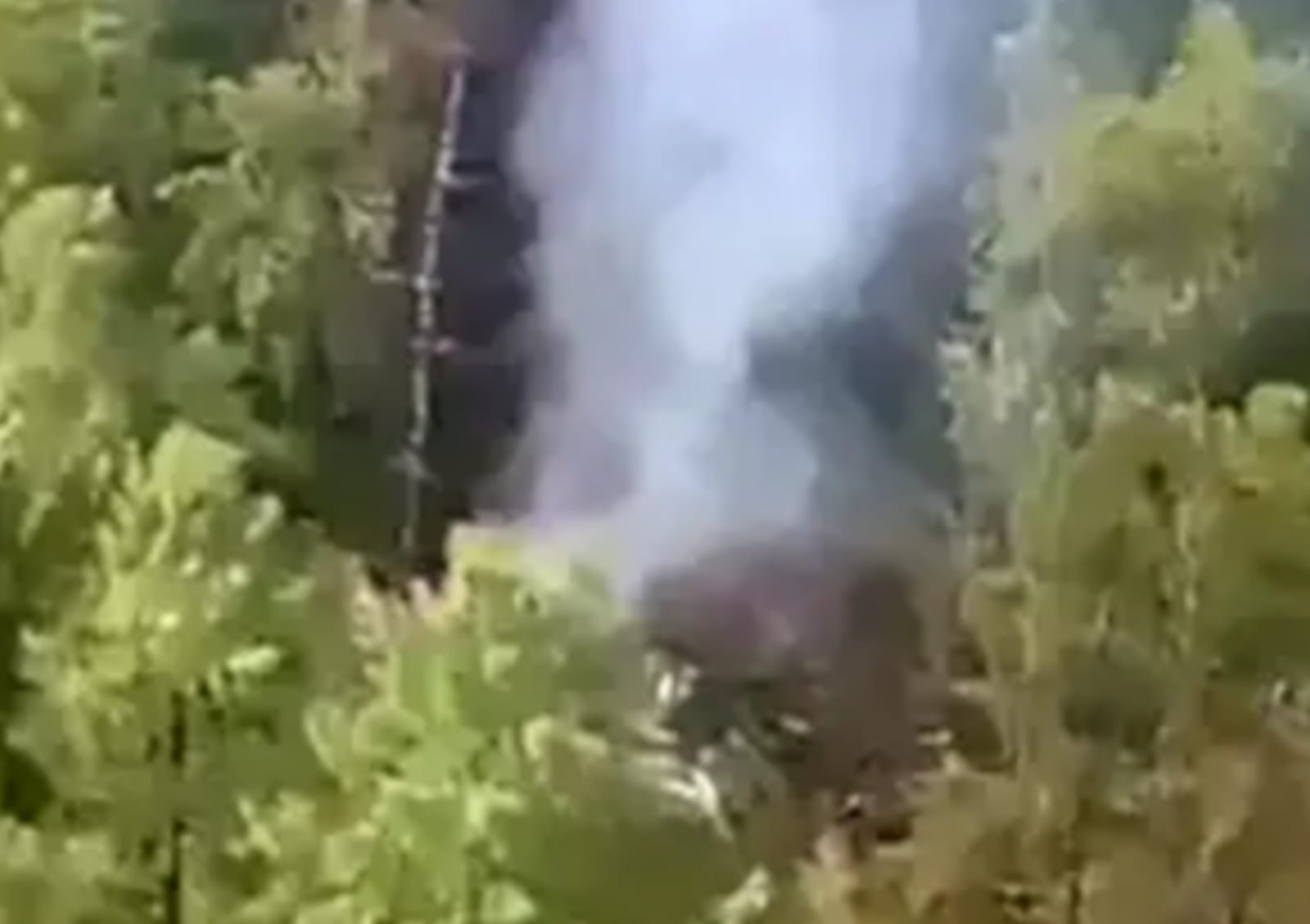
A Russian passenger aircraft carrying 49 people crashed in a remote forested area of the country's far eastern Amur region on Thursday, with officials confirming no survivors from the tragic incident.
The Antonov-24 twin-propeller aircraft, operated by Siberia-based Angara Airlines, disappeared from radar screens at approximately 1 p.m. local time while attempting to land at Tynda airport. The plane was on a domestic route from Blagoveshchensk to the remote town of Tynda, located near Russia's border with China.
A rescue helicopter located the burning wreckage approximately 16 kilometres from Tynda airport on a forested mountainside. Videos released by Russian investigators showed thick columns of smoke billowing from the crash site in the dense wilderness, making ground access extremely challenging for emergency responders.
"The main search operations are being conducted from the air," a rescuer told the state news agency TASS, highlighting the difficult terrain that hampered immediate ground response efforts.
According to Amur region Governor Vasily Orlov, the aircraft was carrying 43 passengers, including five children, and six crew members. The regional emergency services deployed 25 personnel and five units of equipment to the crash site, with four additional aircraft on standby.
Initial reports from Russian authorities suggest crew error during a second landing attempt in poor visibility conditions may have caused the crash. The plane had attempted to make a second approach to Tynda airport when contact was lost with air traffic controllers.
Russia's Far Eastern Transport Prosecutor's Office has launched an investigation into the circumstances surrounding the crash, though officials have not yet released detailed findings about the exact cause.
The crashed Antonov-24, manufactured nearly 50 years ago in 1976, had its airworthiness certificate extended until 2036 in 2021, according to aviation sources. The Soviet-designed aircraft first entered service in 1959 and remains popular for regional flights in Russia's vast, remote territories.
This incident highlights ongoing safety concerns surrounding Russia's ageing aircraft fleet, particularly in far-flung regions where older Soviet-era planes continue regular service. While Russia has made efforts to modernise its aviation fleet with newer jets, ageing light aircraft remain widely used in remote areas, where accidents occur with concerning frequency.
The crash has sent shockwaves through the sparsely populated Amur region, which borders China and relies heavily on small aircraft for transportation due to vast distances and limited infrastructure. The loss of nearly 50 lives represents a significant tragedy for the close-knit communities in this remote part of Russia.
Emergency response teams continue working at the crash site, though the challenging terrain and weather conditions are complicating recovery efforts. Russian aviation authorities are expected to release more detailed findings as the investigation progresses, potentially leading to enhanced safety measures for regional carriers operating older aircraft in remote areas.
The incident serves as a stark reminder of the aviation challenges faced in Russia's vast eastern territories, where harsh weather conditions and ageing aircraft create ongoing safety concerns for regional air travel.